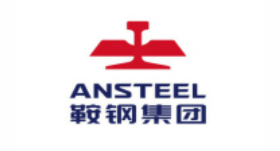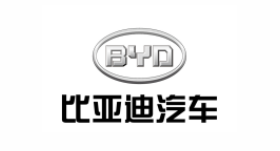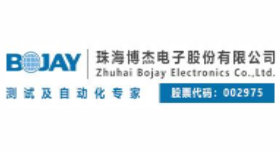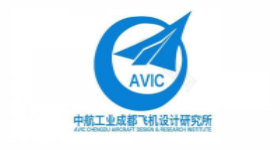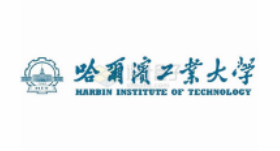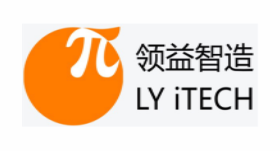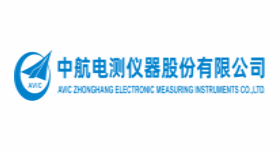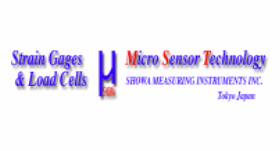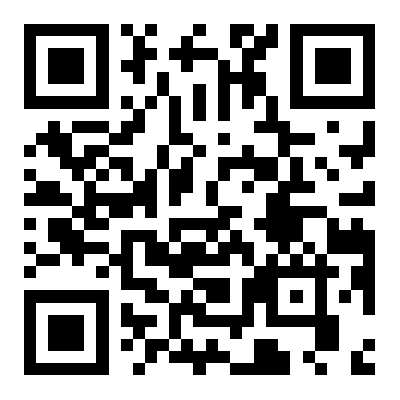Since the beginning of the 1940s, the analogue weighing sensor using the adhesive resistance strain gauge has come into being, after more than 60 years of improvement and development, from structural design, manufacturing process to comprehensive performance indicators, stability and reliability have reached a high level, and it has been widely used in various electronic weighing instruments and weighing measurement and control systems. With the progress of science and technology, the improvement of the level of industrial process automation, especially the development of digital technology and information technology, in the weighing measurement and control system, the application of digital technology and digital system demand is more and more, the weighing industry put forward the digital and intelligent electronic weighing device, digital weighing system to break through the limitations of analog weighing system and other requirements. As we all know, digital weighing systems require weighing sensors and weighing instrument systems to be output in digital form. At present, the analog weighing sensor in use, due to the principle of resistance strain conversion determines that no matter what kind of resistance strain gauge is used to manufacture, it cannot produce an output signal with digital characteristics, and there is a small output analog signal, generally 20}40mv; Short transmission distance; Poor anti-interference ability; Weighing display control instrument is complex; Installation, debugging is not convenient and other congenital defects. It can not adapt to the digital and intelligent requirements of electronic weighing instruments. Therefore, aroused people's attention to the analog weighing sensor and digital weighing system interface and digital intelligent weighing sensor, some famous foreign weighing sensor manufacturers, carried out a lot of research work, and achieved breakthrough scientific and technological achievements, developed a variety of products with independent intellectual property rights.
As early as 1983, in order to meet the needs of industrial process automation, the United States TOLEDO(now METTLER TOLEDO) company introduced the concept of "DIGITOL" and gradually applied it to the field of weighing. Committed to research and use of microprocessor technology, digital compensation technology, so that it and the traditional strain gauge weighing sensor technology combined, after years of efforts, the development of a rocking column type digital intelligent weighing sensor. The STS company of the United States also launched a holistic digital intelligent weighing sensor at the 1988 National Weighing Instrument Exhibition. Both of them are based on the basic principle of analog load cell, using modern electronic technology and computer software technology and developed new load cell. That is, more than 10 components such as amplification, filtering, A/D conversion, microprocessor chip and temperature sensitive elements are added inside the analog weighing sensor, which is manufactured by scale conversion, digital filtering, digital zeroing, digital compensation and other technologies and processes. The manufacturing process, detection items, test methods and supporting weighing instruments of digital intelligent weighing sensors are very different from analog weighing sensors. Therefore, the digital intelligent weighing sensor is a system engineering jointly developed with weighing instruments.
Digital intelligent weighing sensor has a large output signal, digital signal is a group of high and low level signals, there is a format, regular composition, generally SV; Strong resistance to interference such as radiofrequency electromagnetic field radiation; The signal transmission distance is far, generally up to 150m, and it can exceed 600m after attaching power supply; Easy to install and debug; It is easy to realize intelligent control, completely overcome the shortcomings of analog weighing sensors, and is the first choice for digital electronic weighing devices, automatic weighing measurement and control systems, weighing systems requiring automatic calibration, complex structures of all kinds of batching scales, volume scales and super large electronic weighing devices.
From the perspective of the variety, structure and use of electronic weighing instruments, digital intelligent weighing sensors cannot completely replace analog weighing sensors, and analog weighing sensors are still the mainstream of the development and application of weighing sensors in the future for a relatively long period of time. But we must pay attention to and carefully study the digital intelligent weighing sensor and its application in the digital weighing system.



